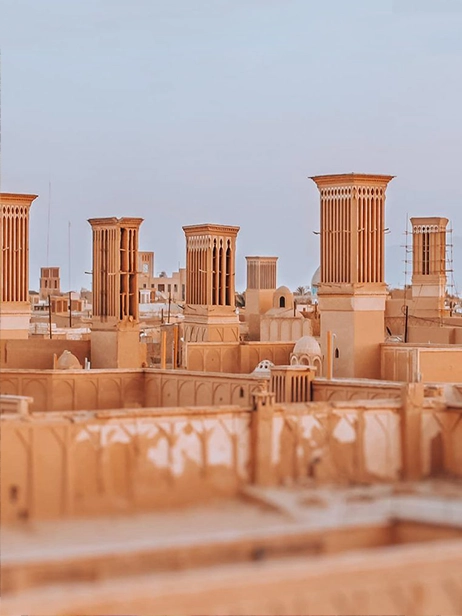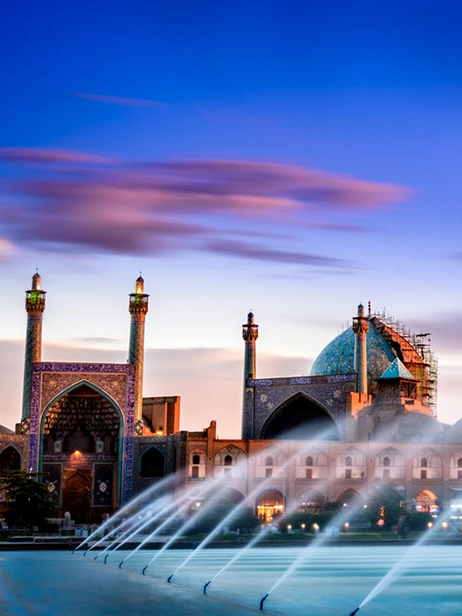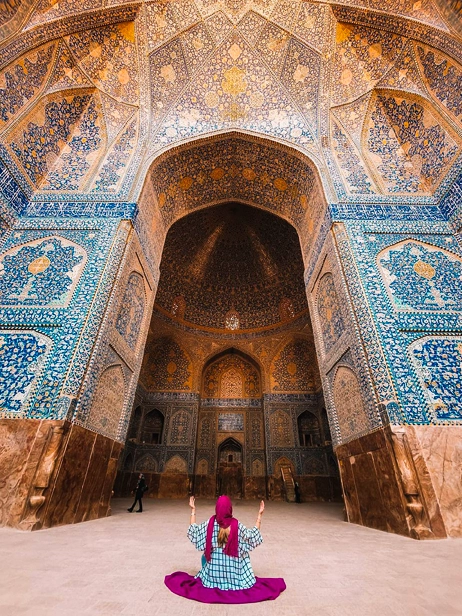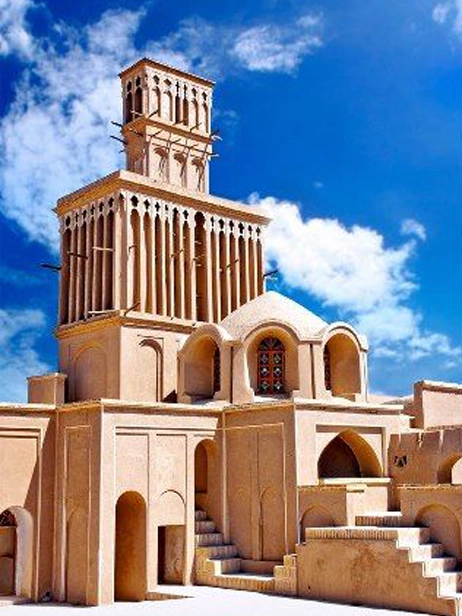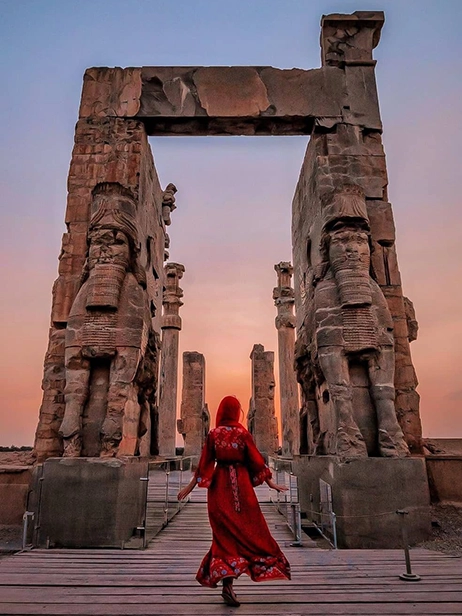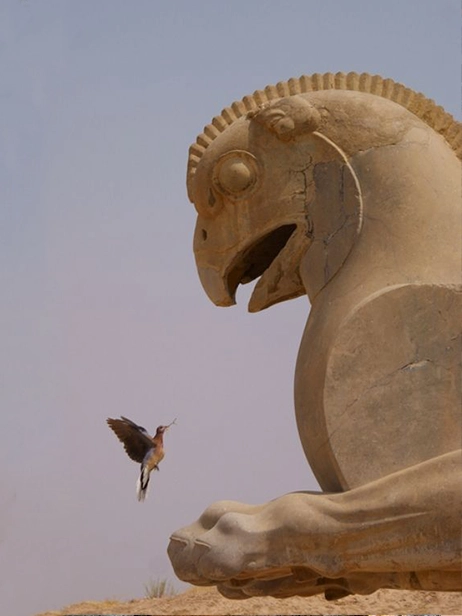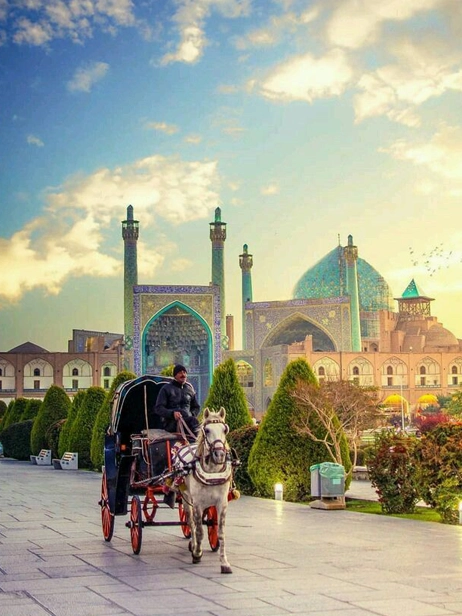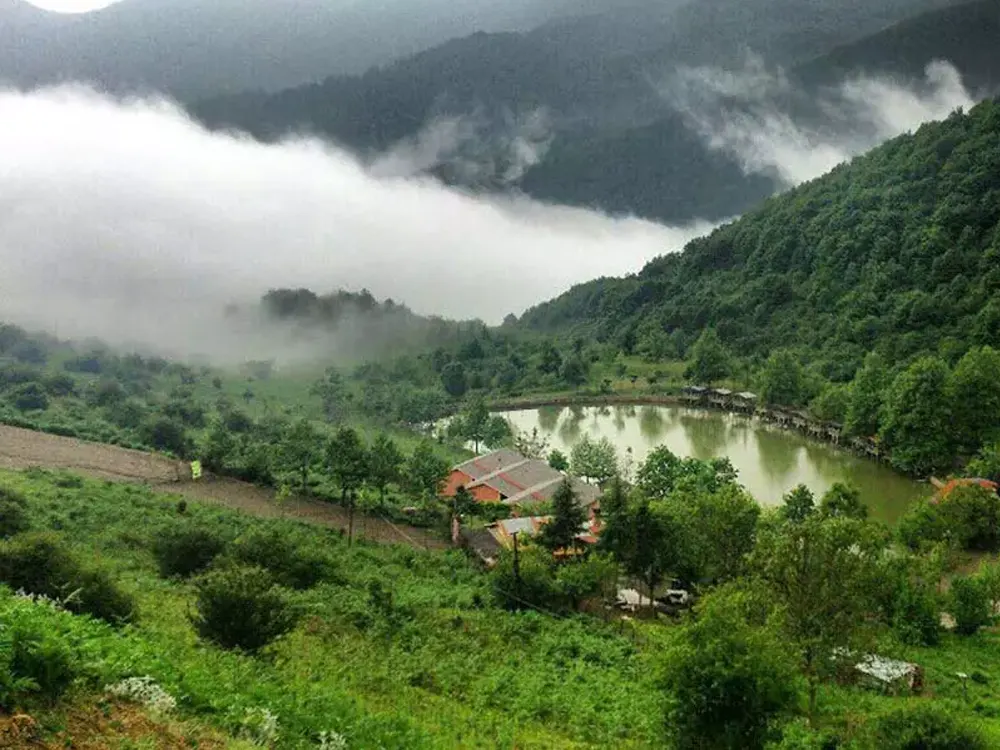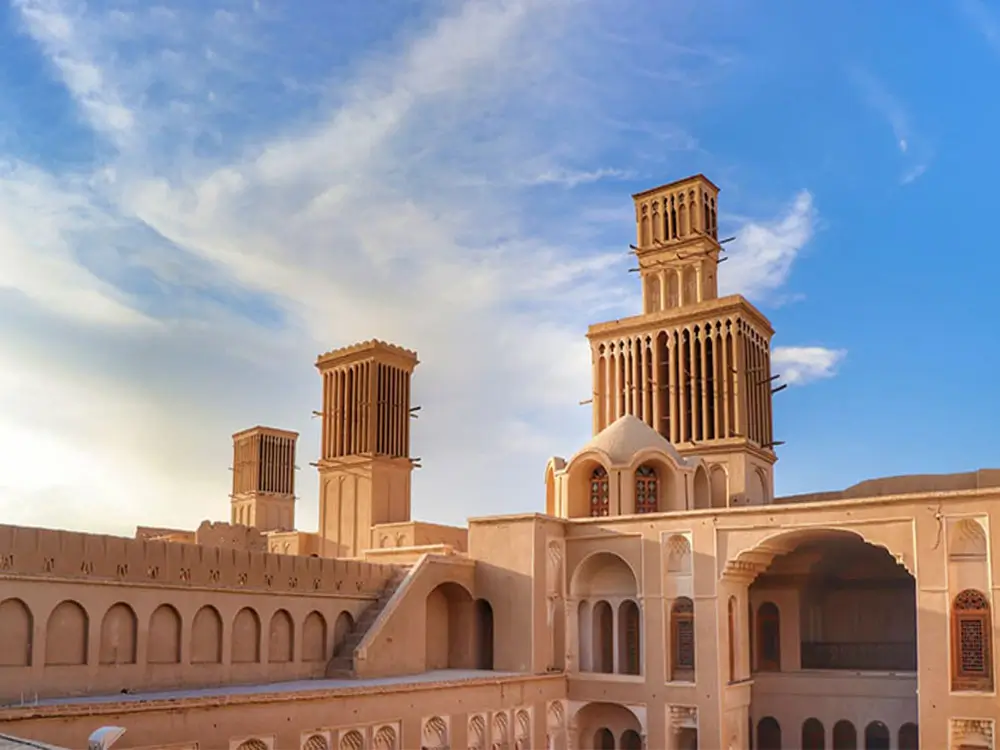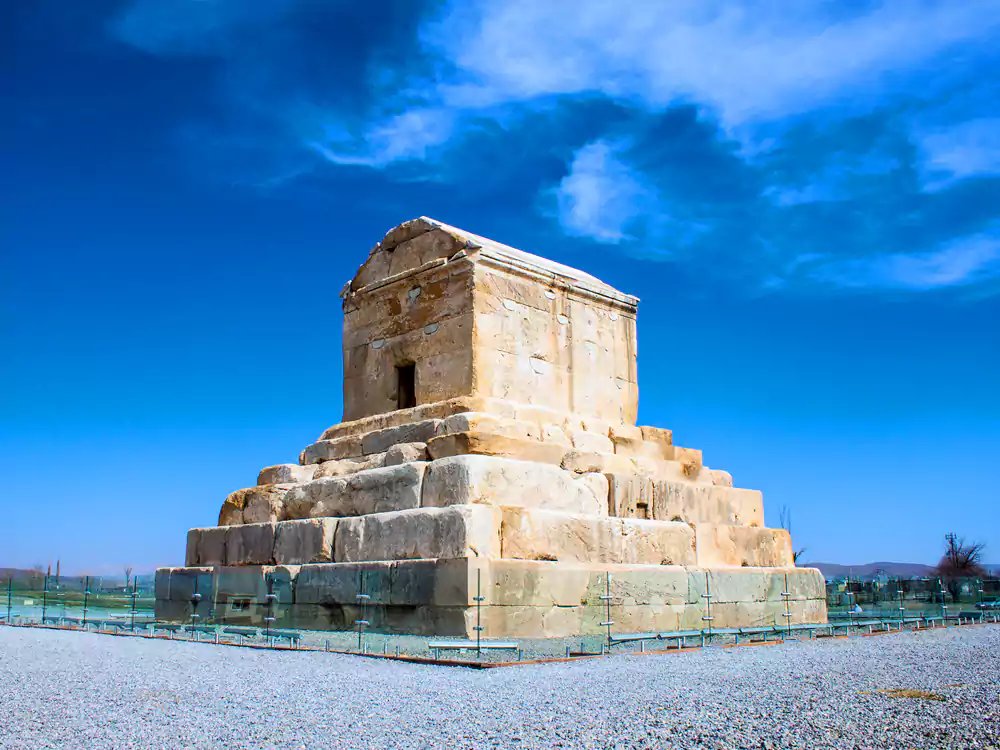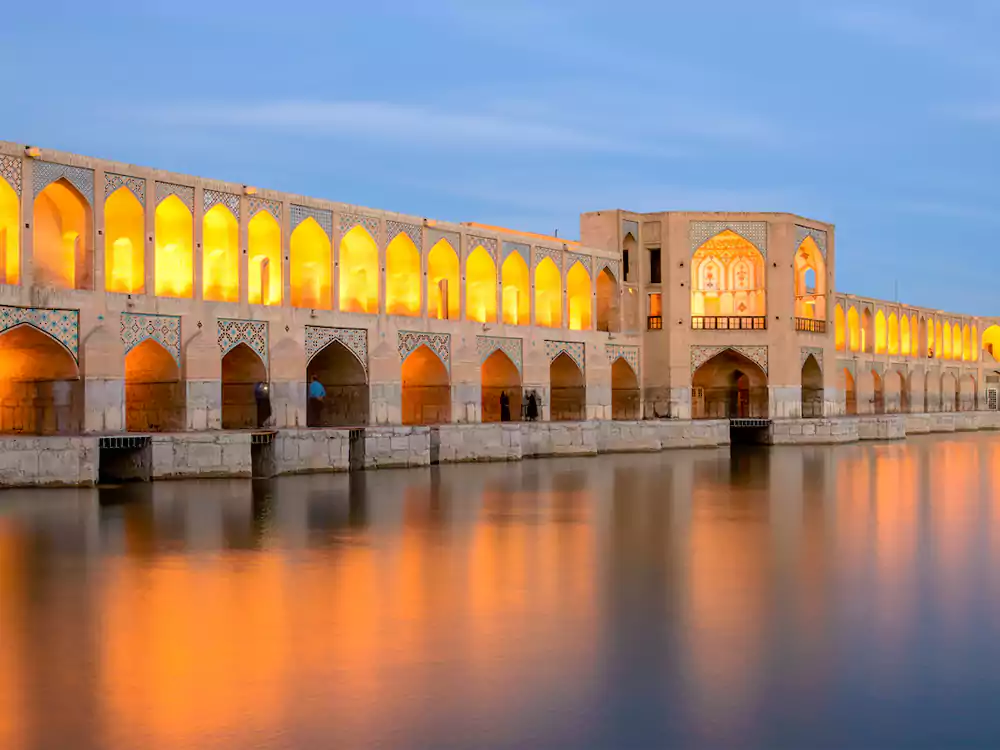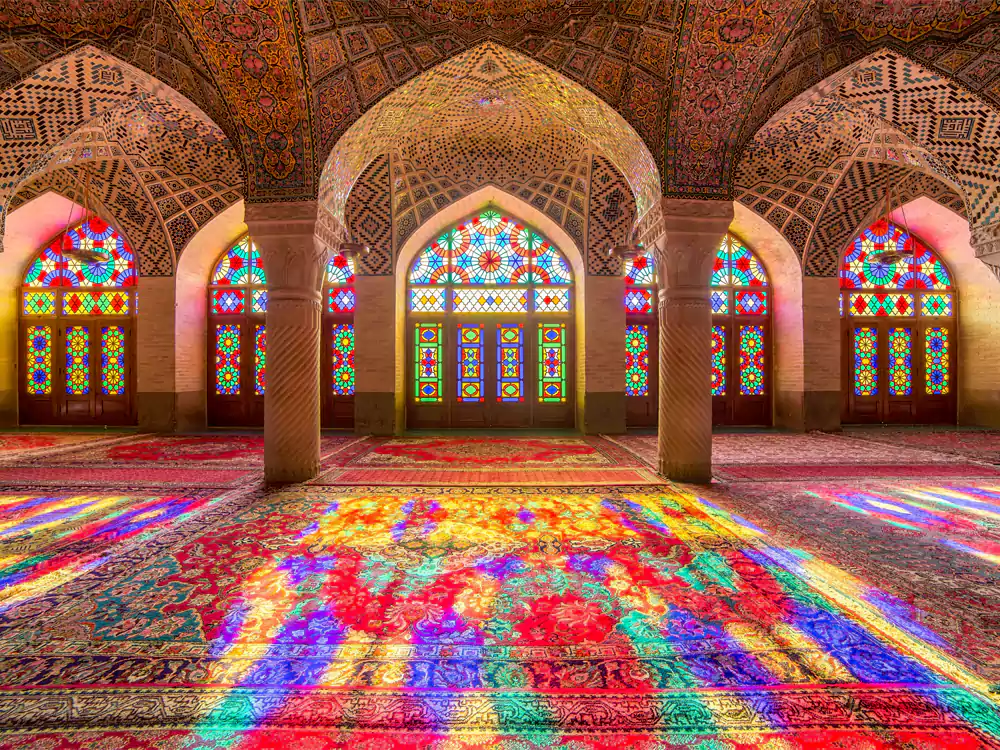As you explore the arid plains of Khuzestan in southwestern Iran, an intricate network of canals, dams, tunnels, and aqueducts emerges before you, a striking sight in the harsh landscape. This elaborate hydraulic system known as the Shushtar Historical Hydraulic System has stood for over 2,000 years, a testament to the engineering ingenuity of the ancient Persians. At a time when much of the world had limited access to water, the Persians designed and built this system to harness the power of the Karun River, irrigating agricultural fields and powering watermills.
A UNESCO World Heritage site, the system is considered a pioneering example of hydraulic engineering with components still functioning today. Yet its existence remains largely unknown outside of Iran. As you walk amid these canals and tunnels, you find yourself transported to a time when this hydraulic wonder was at the forefront of technological and agricultural progress.

An Engineering Marvel: What Is the Shushtar Historical Hydraulic System?
The Shushtar Historical Hydraulic System, built in the 5th century AD, is an outstanding example of Persian water management and engineering prowess. This hydraulic system tapped into the river Karun to provide water for agriculture and drinking. It included dams, canals, tunnels, and qanat aqueducts built of stone, brick and mortar that directed water to the garrison town of Shushtar.
This system of weirs, dams, tunnels, and canals to maximize river water usage for irrigation showed remarkable innovation. The Shushtar system is considered a culmination of earlier Mesopotamian hydraulic engineering, improving upon existing knowledge. Its components number in the dozens across over 300 hectares, with some canals up to 70 kilometers in length. This ancient yet complex system has endured for 16 centuries, demonstrating the advanced level of engineering and construction skills the Persians had achieved.
How the Shushtar Hydraulic System Revolutionized Irrigation and Milling
The Shushtar Hydraulic System was an intricate canal system built in the ancient Persian city of Shushtar during the Sassanid era. Completed in the 5th century AD, it was ahead of its time in using hydraulic technology for irrigation and milling.
The system diverted water from the Karun River through a series of canals to power waterwheels at the base of the Band-e Kaisar cliff. These vertical waterwheels were revolutionary, capable of transforming the water’s energy into mechanical power to grind grain or lift water to higher fields. At its peak, the system powered up to 16 waterwheels simultaneously.
The Shushtar Hydraulic System demonstrated the advanced engineering and construction skills of the era. Its innovative use of vertical waterwheels and canals to harness river power for agriculture and industry made it a forerunner of modern hydropower systems. This system highlights why Shushtar was once a pivotal center of civilization.
The Legacy and Significance of the Shushtar Historical Hydraulic System
The Shushtar Historical Hydraulic System serves as an enduring legacy of engineering ingenuity. Built in the 3rd century AD, this irrigation system utilized the natural slope of the land and water from the Karun River to power watermills and provide water to nearby farms and villages. Its innovative design and advanced understanding of hydraulics allowed it to operate for over 1,200 years, demonstrating the advanced knowledge and technical skills of its creators.
Today, the Shushtar Hydraulic System is recognized as a UNESCO World Heritage Site, designated as an “outstanding example of creative genius” and “a unique and instructive example of hydraulic engineering skills” from ancient times. Its timeless design provides insights into the innovative spirit of the era and region, one that produced this hydrological wonder centuries ahead of its contemporaries. Though many ancient technologies have been lost to time, the Shushtar Hydraulic System remains largely intact, a lasting testament to the ingenuity of its architects and builders in creating a sustainable system that supported its community for generations.
Shushtar Historical Hydraulic System Map
The Shushtar Hydraulic System is an ancient irrigation system located in the Iranian city of Shushtar, in Khuzestan province. Constructed around 500 CE, it is one of the oldest hydraulic systems in the world that is still in use. The Shushtar Hydraulic System taps into the water of the Karun River via a structure known as the Band-e Kaisar, or Caesar’s dam.
The Shushtar Hydraulic System Map
The water is then fed through a series of canals to power watermills and irrigate agricultural land. The Gargar canal is the main canal which starts at the Band-e Kaiser and ends at the Dokhtar castle, with a total length of about 60 kilometers. Several branch canals split off from the Gargar to provide water for crop irrigation and to power watermills. The most well-known section is the Mizan canal, which has a slope of about 1 in 40, powering 14 watermills over a distance of 350 meters.
The Shushtar Hydraulic System is a testament to the advanced engineering knowledge of the Sassanid era Persians. Its historical significance and continued operation led to its designation as a UNESCO World Heritage Site in 2009.
Shushtar Historical Hydraulic System Map
The Shushtar Hydraulic System is an ancient irrigation system located in the Iranian city of Shushtar, in Khuzestan province. Constructed around 500 CE, it is one of the oldest hydraulic systems in the world that is still in use. The Shushtar Hydraulic System taps into the water of the Karun River via a structure known as the Band-e Kaisar, or Caesar’s dam.
The Shushtar Hydraulic System Map
The water is then fed through a series of canals to power watermills and irrigate agricultural land. The Gargar canal is the main canal which starts at the Band-e Kaiser and ends at the Dokhtar castle, with a total length of about 60 kilometers. Several branch canals split off from the Gargar to provide water for crop irrigation and to power watermills. The most well-known section is the Mizan canal, which has a slope of about 1 in 40, powering 14 watermills over a distance of 350 meters.
The Shushtar Hydraulic System is a testament to the advanced engineering knowledge of the Sassanid era Persians. Its historical significance and continued operation led to its designation as a UNESCO World Heritage Site in 2009.
Shushtar Historical Hydraulic System Photos
The ancient Shushtar Hydraulic System demonstrates the ingenuity of engineers in the Sassanid era of Persia. Built in the 5th century AD, this intricate system of weirs, tunnels, and aqueducts harnessed the power of the Karun River to operate watermills and irrigate agricultural fields.
Photos of the Shushtar Hydraulic System
Images of the hydraulic system provide a glimpse into this technological wonder from centuries past. Photographs show the remains of an arched diversion weir which directed water into a tunnel to power waterwheels. The water was then discharged into an aqueduct which carried it away to irrigate farms. A series of sluice gates allowed for control of water flow. These pioneering systems of dams, canals, and water management were unparalleled at the time, showcasing the advanced engineering abilities of the Sassanid Persians.
Though many parts have crumbled over time, what remains of the Shushtar Hydraulic System stands as an enduring testament to the innovative spirit of its creators. Their clever use of available resources and understanding of hydraulics allowed for harnessing the power of moving water, a technology that continued to spread and influence civilizations across the region for centuries.
Ancient Hydraulic System
The Shushtar Historical Hydraulic System in Iran is one of the oldest and largest hydraulic systems in the world.
Built in the 5th century BC, this ancient hydraulic engineering marvel utilized water power for agricultural and industrial purposes. The system tapped into the Karun River via a diversion weir and two main diversion canals. One supplied water to the city of Shushtar, while the other fed an intricate system of water mills for industrial use.
Dozens of water mills powered grain mills, sawmills, and other manufacturing equipment. An underground water channel called a qanat transferred water from the canals to the mills. The Shushtar system was a highly advanced and sustainable technology for its time that provided economic and agricultural benefits to the region for centuries.
History of Hydraulic System Engineering
The Shushtar Hydraulic System demonstrates early mastery of hydraulic engineering. Built in the 5th century A.D., the system harnessed the Karun River to power mills and irrigate farms. Consisting of weirs, tunnels, and canals, the system directed water through cliff-side tunnels to power watermills below. This pioneering example of hydraulic engineering was ahead of its time, utilizing principles of fluid mechanics, hydrology, and construction techniques not seen again for centuries.
Conclusion
As you’ve seen, the Shushtar Hydraulic System was an engineering and architectural marvel far ahead of its time. Built over 2000 years ago, it demonstrates the advanced knowledge and skill that the Persians had developed in hydrology, mathematics, stonemasonry, and construction. This UNESCO World Heritage site serves as a testament to human ingenuity and creativity that transcends the ages. Though ancient, it continues to impress visitors with its complexity, beauty and functionality. Should you get the opportunity to visit this hydraulic wonder in person, you’ll gain an even deeper appreciation for the visionaries that designed it and the craftsmen thaat brought it to life. A lasting legacy and timeless example of human progress and potential.



